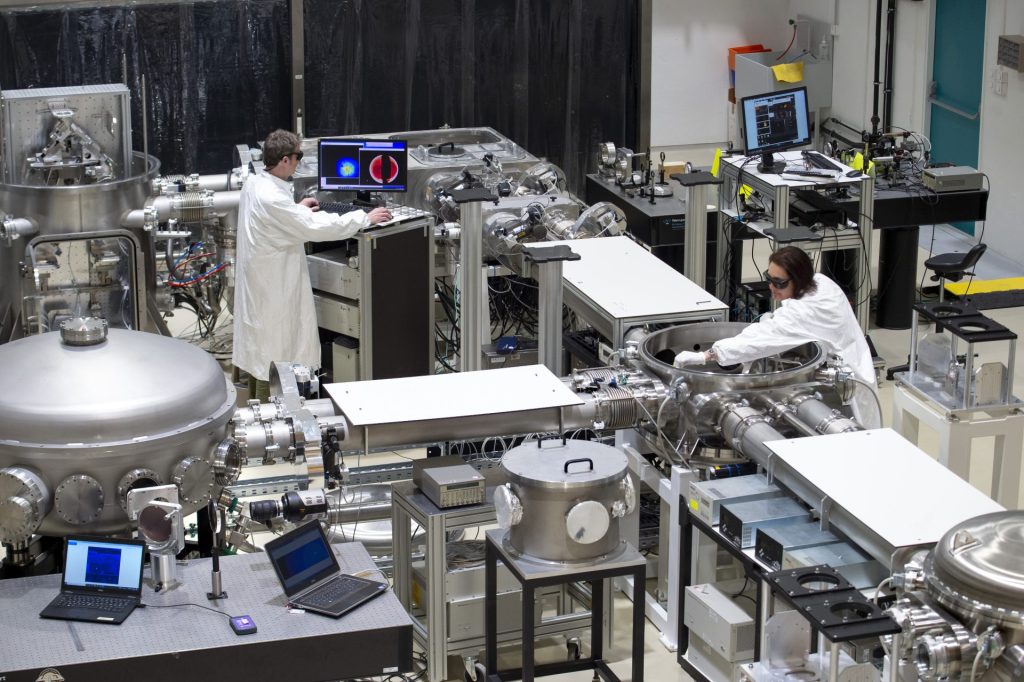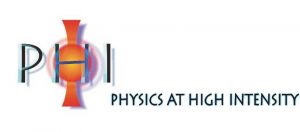PHI Group presentation

Power laser technologies have continued to progress since the discovery of the frequency-drift amplification technique – enabling ultra-short (fs) pulses to be produced – to the present day, where the increase in accessible laser energies enables matter to be exposed to maximum intensities of the order of 1023W/cm2.
The PHI group studies the physical phenomena involved in laser coupling with matter, whether solid or gaseous, in the relativistic regime, i.e. for irradiances above a threshold irradiance beyond which electrons reach a kinetic energy greater than their rest energy.
Beyond1018 W/cm2, matter becomes plasma, and charged particles (electrons/ions) can be propelled at relativistic speeds in just a few attoseconds. The physics associated with these new regimes, known as Ultra-High Intensity (UHI) physics, is ultra-relativistic, highly non-linear and out-of-equilibrium, making its study particularly important from a fundamental point of view.
For some 15 years now, we have been building our expertise around two axes. The first is the study of remarkable optical components known as plasma mirrors. Today, these components are used both to enhance the temporal contrast of intense laser pulses and to produce synchronized sources of relativistic particles (electrons/ions) and very intense attosecond XUV harmonic sources.
Among the avenues explored by the group are the use of such devices to boost laser intensity on target, and the development of high-quality particle sources via an innovative concept of coupling these mirrors to gaseous targets.
The second is the development of compact electron gas pedals obtained by focusing a high-power laser in a gas jet,
commonly known as laser-plasma acceleration. This type of source has matured over the years, and the physics of the coupling between the laser and the subdense plasma is now well understood. The challenges ahead are: 1) to verify the scaling laws on the new PW lasers that are gradually becoming operational on the international scene, and to move towards high energies; and 2) to build reliable, application-oriented machines (fundamental or societal).
Experimental studies are carried out on our UHI100 experimental platform for the most part, and on other systems of class 100TW and above via multiple collaborations with laboratories on the Plateau de Saclay (LOA, LPGP, LULI, LLR, IJCLab, ISMO) as well as in Europe (CNR_ Pisa, LLC Lund, HZDR Dresden…) and internationally (BELLA, …).
The group’s research topics also involve numerical simulations carried out on the world’s biggest computers (Frontier, Summit, Lumi…) as well as on computing machines available in France, via collaborations and/or allocations of computing time obtained following the submission of projects.
Sandrine DOBOSZ DUFRENOY
PHI Group Manager



